The global ceramic tile market is growing due to population development, ascend in extra cash, development in remodeling and reconstruction processes, and expanding interests in private and commercial areas. The ceramic tile industry has also felt the brunt of the slowdown in development work caused by the epidemic. In addition to the closing of construction offices, the elimination of some tasks in the business and modern development will lead to a decrease in interest in ceramic tile.
- Dynamics of the ceramic tile market
- Driver: population growth and urban expansion
The high population is one of the main reasons for the necessary expansion in the ceramic tile market. Furthermore, the movement of population from rural to urban areas of the planet has significantly increased the rate of development. A complete total population is expected to reach 9.5 billion by 2050, with the capital’s population coming in at around 66.4% of the total, according to the United Nations Population Division. A positive shift in expectations of daily amenities will require more hygiene and disinfection.
- Restrain: the costs of volatile natural materials
Tile manufacturing is an incredibly energy-focused assembly process. The cost of energy, gas and transportation are the top expense concerns that affect the business. Consistent access to energy and fuel at reasonable prices is essential for the development of the ceramic tile industry. Unpredictable and unstable markets have huge unfortunate consequences, which were mostly observed by manufacturing associations.
- Opportunity: coordinated growth of the retail area
Coordinated retailing allows customers to collect data about different brands and look at the value, quality and layout of items, after which they make a purchase choice. The Asia-Pacific region is expected to have the largest share of the ceramic tile market during the conjecture period.
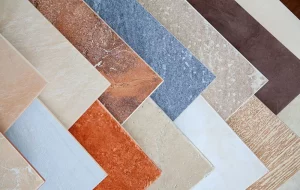
Future of ceramic tiles
The global ceramic tile market was valued at US$343.9 billion in 2020 and is expected to reach US$633.5 billion by 2030, recording a compound annual growth rate (CAGR) of 6.3% from 2021 to 2030. widely used in residential and commercial buildings due to its durability and crack resistance. Ceramic protective coatings are highly resistant to water and stains and can be easily cleaned. The glazing of ceramic tiles is intact, which provides protection against dust.
Ceramic tiles are inert for use on walls and floors as well as in residential and commercial interiors. They are also used as bathroom wall and kitchen floor surfaces in homes, restaurants, workplaces and stores. They are easy to install, clean and maintain, and affordable. The global ceramic tile market is driven by the expansion of the construction industry, due to the rapid expansion of the housing sector and the increase in construction spending across the world.
read more: ceramic tiles supplier
The ceramic tile market is expected to expand as a result of urbanization and population growth. Ceramic tiles have a more attractive appearance and are more durable and reliable, which has led to an increase in demand for the construction of a large number of structures. The global ceramic tile market presents many opportunities for industry players due to rising disposable income and rapid global economic expansion.
In addition, major players are expanding their business to improve their market position and offer the latest ceramic products. These market strategies from key players in the ceramic tile market are expected to provide significant growth opportunities for the Ceramic Tile market during the forecast period.

Ceramic tile price increase
The increase in ceramic tile prices is affected by the intermittent circulation of raw materials. This term started to appear more frequently in the ceramics industry in 2017. Tiles price increases were more common and fierce in 2021, but why this year?
The price of ceramic tiles has increased due to the following reasons:
The price of raw materials increases as some of the raw materials will no longer lead to the increase, but a big price increase will appear in all aspects. The cost of direct raw materials for the production of ceramic tiles was high. Because of the coal to gas policy, the production capacity of the furnaces is also greatly affected, while the price of gas is rising in the main production areas.
Market demand is strong due to years of internal shutdown as a result of Covid-19 and progress is now putting heavy pressure on production capacity. Traditional ceramic coating ovens and production capacity are already short-lived. Faced with this situation, large companies and brands have intensified their efforts to enter the slab and flooring market.
This means that slabs and paving floors are starting to enter the period of high-speed growth where the number of modified kilns is much higher than that of newly built kilns has led to the emergence of many traditional products.
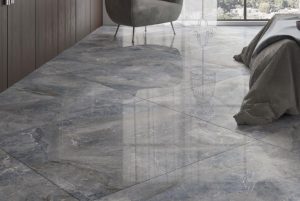
Current trends in ceramic industry
The current trend of the ceramic industry is based on the market driven by the increase in construction activities together with the increasing investment of countries in infrastructure development. With the development of nanotechnology in recent years, the ceramic industry has developed yet another new era of technologies. Nanotechnology greatly improves the strength, durability and superior flexibility of ceramic materials, but also with antifouling, moisture, scratching, abrasion resistance, insulation and other functions greatly enhances the application and efficiency of ceramics.
- Japanese porcelain tends towards high-tech refinement
Japan considers fine industrial ceramics to be a high-tech industry that will determine future competitiveness and will spare no efforts to invest a lot of money in producing high-quality original ceramics, which has won the largest share in the international market. In the 1990s, Japan first proposed a functional material called a gradient material, which provided another method for synthesizing new ceramic materials.
- American ceramics used in the microtechnology industry
As of 2020, advanced ceramic with its unique properties such as high temperature resistance and reliability has become the most cost-effective material choice and will be widely used in industrial production, energy aviation, transportation, military and consumer goods manufacturing.
- European ceramics prefer green and functional energy
European countries are also investing a lot of money and manpower to develop functional ceramics and high temperature structural ceramics. Ceramic heat exchangers have the ability to recover heat lost from boilers or other high temperature devices. Ceramics can improve wear resistance, increase heat exchange efficiency and play an important role in energy conservation in many industries.
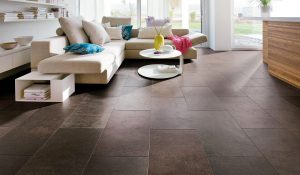
Tile marketing strategy
The tile marketing strategy needs to be improved due to the huge changes in the requirements and desires of customers, architects, builders, retailers and ceramic tile stores. Traders are forced to focus more on long-term timelines and think about strategic planning. This strategic planning includes product strategies, customer motivation and incentive strategies, financial and cost management strategies, customer relationship strategies and branding strategies.
When formulating strategies for the development of ceramic and tile activities by retailers or stores, two important factors must be considered: the customer and the competitors. Common strategies are used for customers, such as proper product knowledge, useful and practical explanations about the quality and usage of tiles, accurate and accurate sourcing of the product, and of course, honesty in providing quality products to customers.
In terms of competitive strategy, companies must create a sustainable competitive advantage. Creating a consistent and sustainable competitive advantage means that a ceramic tile company must build a fence to keep competitors from entering its target market and its customers. However, competitors are always trying to break through and break through this fence. All advantages will be weakened by the pressure created by competitors.
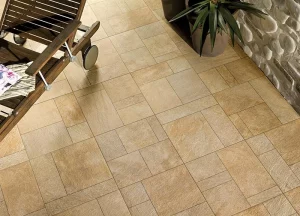
Global ceramic market
The global ceramic tile market was valued at US$240.21 billion in 2021. The remarkable growth in total construction spending, especially in developing economies and the growing demand from residential and commercial sectors for ceramic tile should drive the global market in a positive direction. There are many factors that drive growth in the world market. Most notable is the increase in construction activities, supported by the growing need for housing.
In developing economies such as Middle Eastern and Asia-Pacific countries, rapid urbanization and rising disposable income significantly contribute to market dynamics. The Asia-Pacific region held the largest share of the global ceramic tile market. The Asia-Pacific region is expected to experience the fastest growth, due to rising population and rapid urbanization. A rapid increase in demand for construction has been observed in developing countries such as China and India, which is driving the market forward.
In terms of products, the porcelain tile segment has a large share in the ceramic tile market, since the growing value and high durability offered by porcelain tile for high-traffic locations such as hotels, parks, malls and institutional buildings should increase the demand for tiles. Among the application segments, the ceramic flooring segment is expected to capture the largest share of the ceramic tile market, as the ceramic tile has a protective glass coating on its surface, which makes it impermeable to water and penetration.
of stains. Within the end-user segment, the residential segment is expected to capture the largest share of the ceramic tile market. Affordability and durability make ceramic tiles the perfect choice for the residential sector. Glazed ceramic coating offers more protection from stains or damage than wood, carpet or even vinyl flooring.
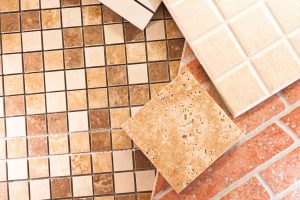
RAK ceramic
RAK Ceramics is one of the largest and most respected brands in tile design and manufacturing. Producing 110 million square miles of tiles annually in sixteen state-of-the-art facilities. Its tiles feature some of the most recognizable and distinctive buildings in the world, such as the O2 Arena in London and The Palm Hotel at Atlantis in Dubai. The RAK’s tile catalog comprises a wide range of finishes, giving a natural and timeless touch to properties of any age. Made exclusively with high quality clay, as well as other materials such as quartz.
In the tile area, RAK Ceramics offers one of the largest collections of wall and floor ceramics, porcelain tiles and oversized panels in the industry. Offering more than 6,000 production models, the tiles are manufactured in different sizes, from the smallest 10 x 10 cm to the largest in area of 135 x 305 cm, the widest range available in the ceramic field.

RAK Porcelain offers ceramic tableware for the hotel, restaurant and hospitality sector. Its products are now supplied to more than 40,000 star-rated hotels in over 165 countries, with customers including J W Marriott, Hilton, Hyatt and Sheraton, among others. RAK’s meticulous manufacturing process is unique and avoids variation in tile size and shape, making it uniform and easy to install with tile glue or cement mortar.
RAK tiles are suitable for any property, whether floor or wall, indoors or outdoors and their smooth surface makes cleaning easy and remarkably quick. Larger tiles also make RAK Ceramics an ideal choice for larger spaces such as public restrooms. RAK tiles are backed by a 10-year warranty, which demonstrates the brand’s confidence in the quality of its products.
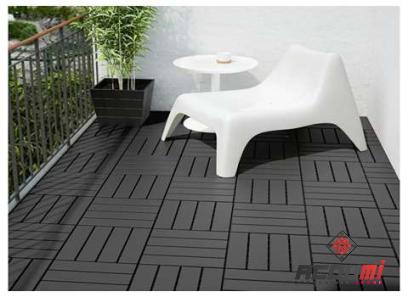
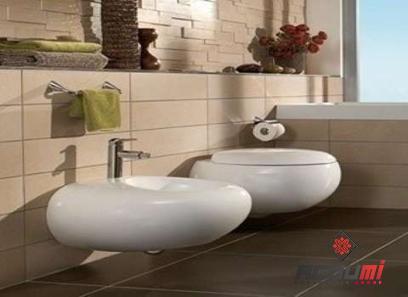
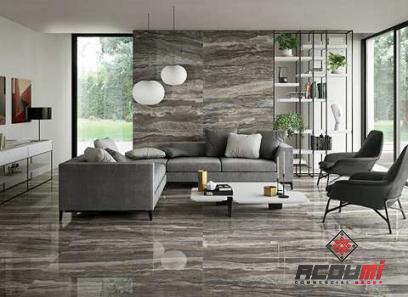
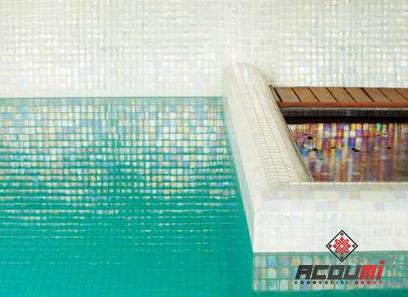
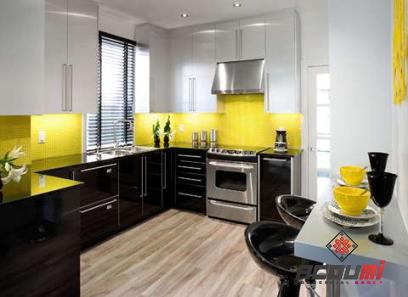
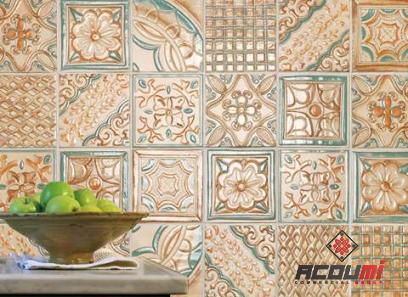

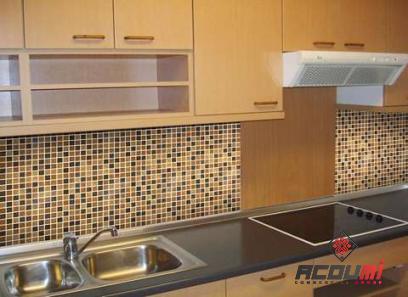
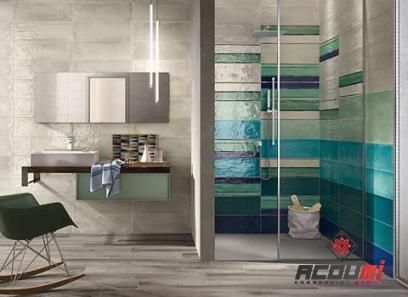
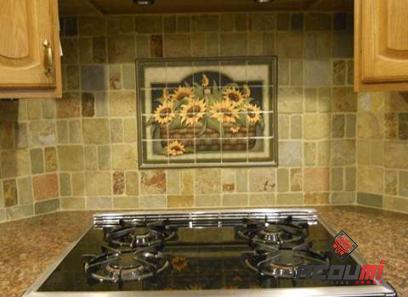
Your comment submitted.